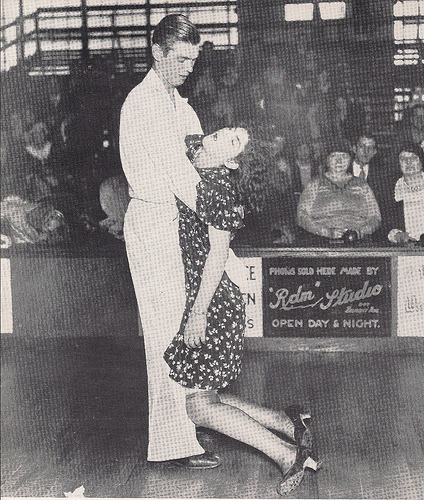Excercise From Class
What were the defining cultural aspects of the 1920’s?
Many of the research topics we discussed in class were interesting, but I found that this is the one I wanted to explore the most. When I think of the 20s there are some obvious aspects of culture which come to mind: flapper dresses, suits, jazz music, etc. It is funny how certain elements can represent an entire decade. While this helps identify each decade and makes each one unique, it sometimes paints the wrong picture. Other defining cultural elements can be neglected.
Through my research, I came across many articles describing dance marathons in the 1920s. Many dances were performed and created during this time period, and it is important to take note of the cultural significance and impact. Dance marathons were appealing because they were a good indicator of the level of indurance that one possessed. This was a large cultural phenomenon which often drew in contestants simply because of its appeal. Below is a photo of two contestants who had clearly been dancing for a long time.

The photo, however, is also a good depiction of the style, technology, and media of the 1920s. The woman’s dress and shoes were common fashion assets among women. The man’s hair is slicked back, which was largely popular among men. The quality of the photo gives the viewer and idea of the camera which was used during the time. The photo is almost misogynistic in that the woman is bringing the man down, and he looks at her with disgust. It is telling of the role of women during this era; she was fighting to keep up as an equal, but did not succeed. Carol Martin’s article Dance Marathons: Performing American Culture in the 1920’s and 1930’s describes the battle for dominance between men and women during dance marathons. Since women are strong dancers, they would sometimes be the glue to hold a couple together. The men, however, would strive for dominance, refuse to admit if a women were leading, and would criticize her if she brought them down. The conflict is interesting to think about and telling of the culture of the 1920s.

Leave a Reply